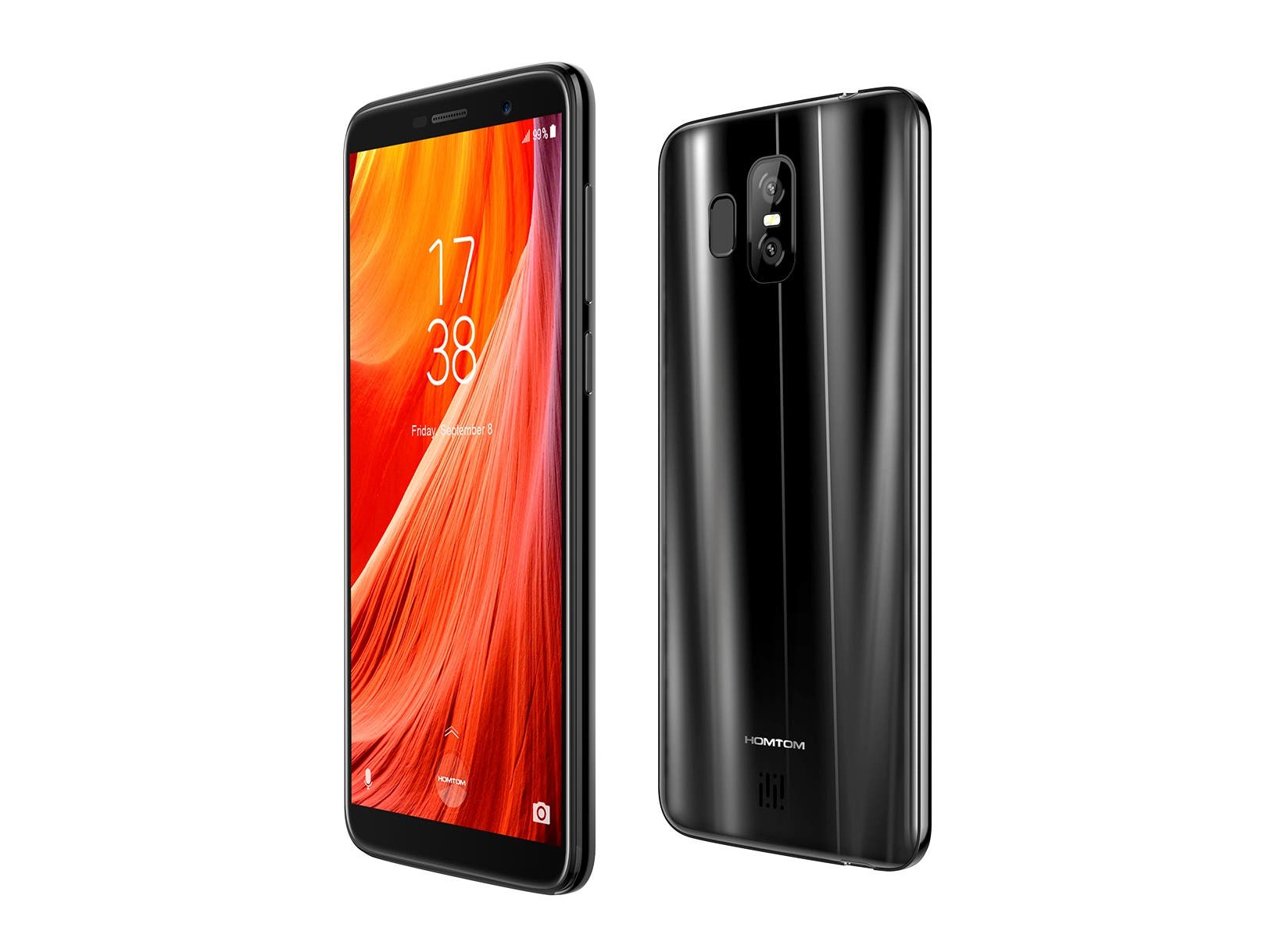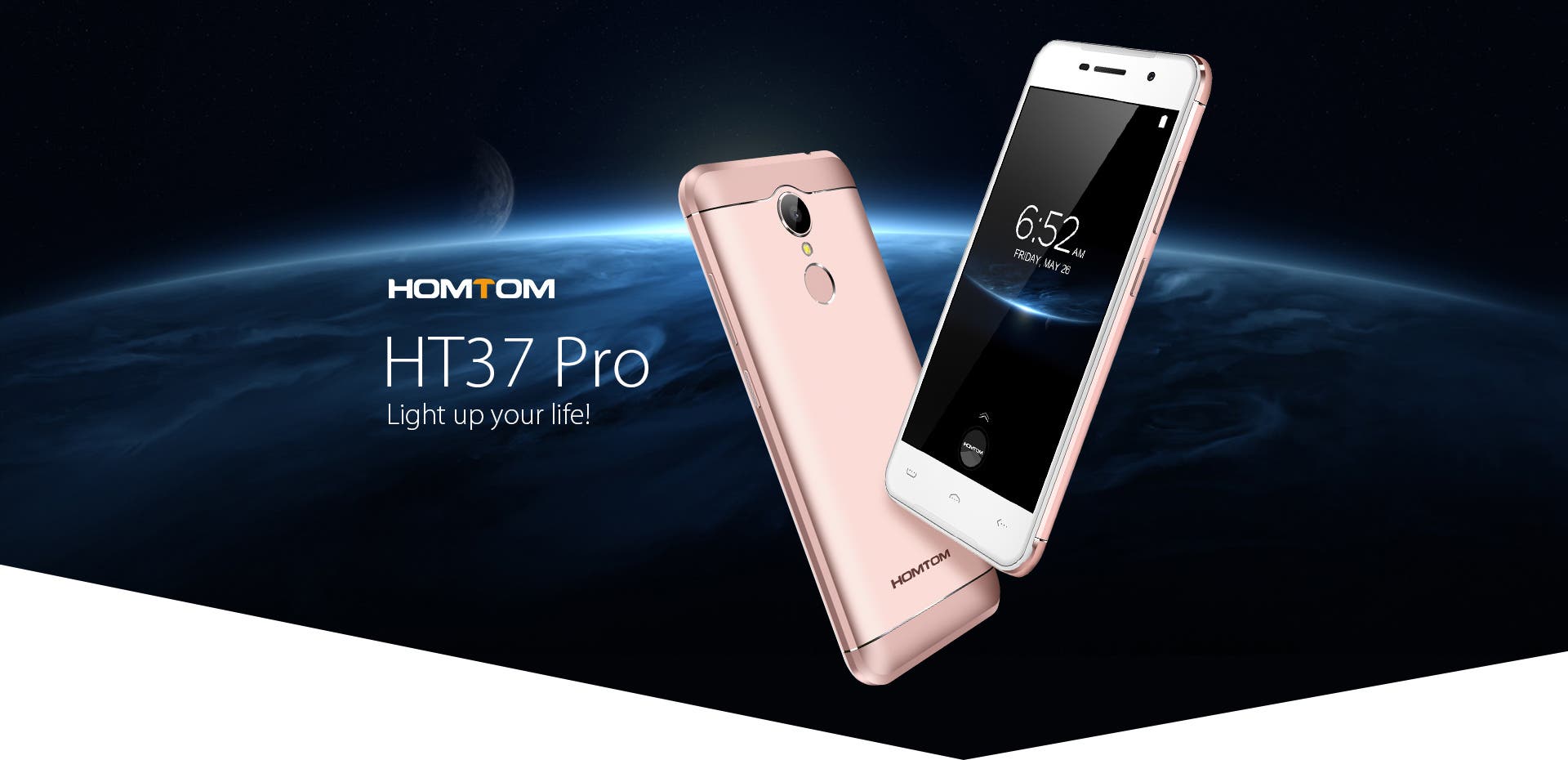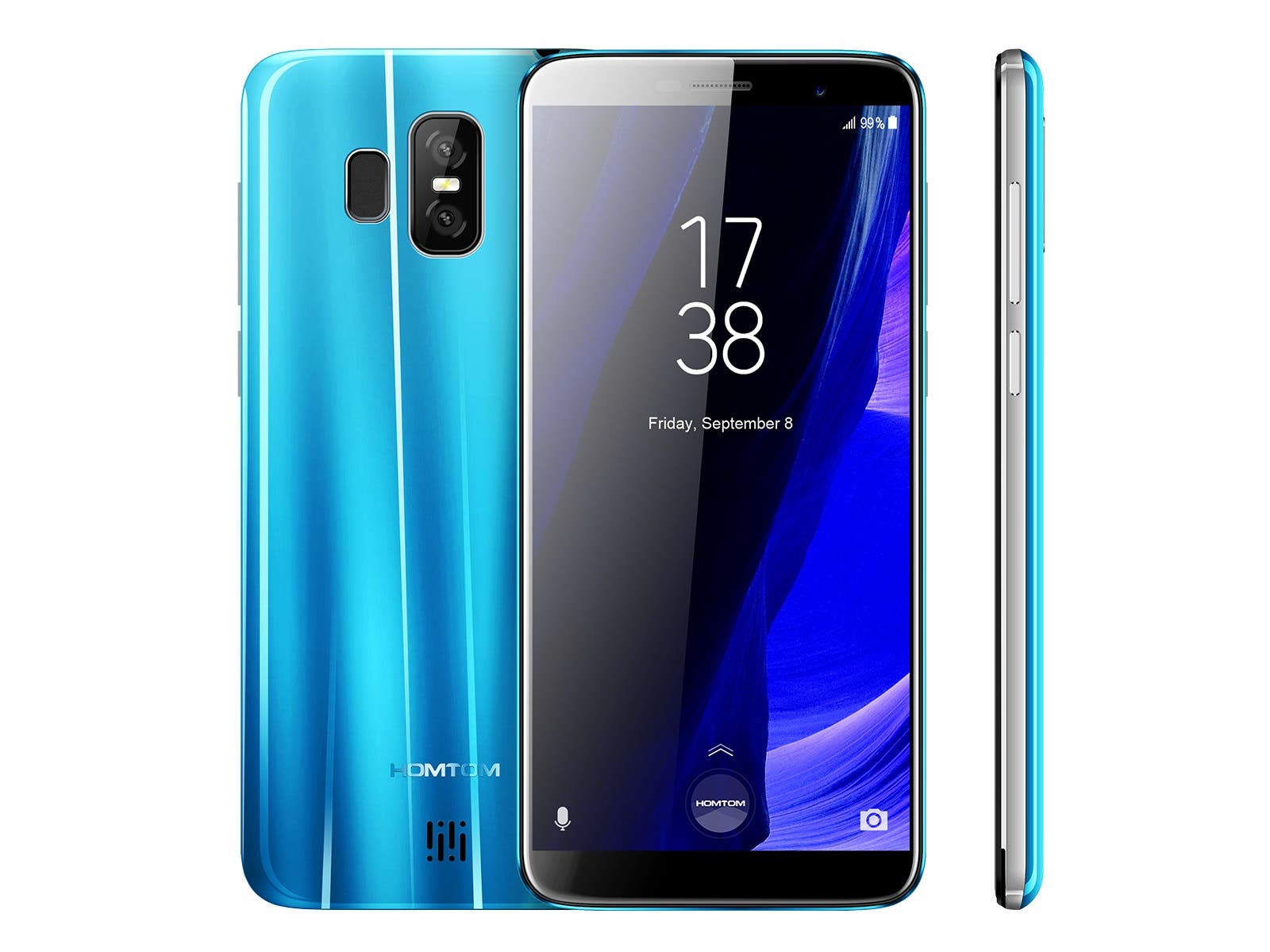It feels like it hasn’t been long since we posted the Be Touch review, but there’s already the Be Touch 2 coming. Ulefone seem to have some of the best marketing folks from the ‘export’ Chinese companies that we know of.
Ulefone posted some camera samples from the Be Touch 2 on their blog recently. The company also states that they “can see a great leap over the image quality of the phone” after their technical staff’s efforts. The original Be Touch, as you might already know, suffered from poor-ish software, and that is something Ulefone seems to have addressed with the Be Touch 2.
Gizchina News of the week
Nonetheless, take a look at some photos that the company posted. Also notice the video at the end, where the slow motion and object tracking features of the device are shown off. Object tracking does seem pretty cool, something perhaps like they use during sports telecast. Also, slow motion seems to have an iPhone 6-style control on the top which allows you to decide which part of the video is played back in slo-mo.
Ulefone Be Touch 2 Slow Motion and Object Tracking
Ulefone Be Touch 2 Sample Photos












slow-motion video looks affected by the poor frame rate. pics looks cool
i read in their page that they provided be touch 2 with F1.8 aperture . maybe that’s the reason ( assuming the be touch one was F2.0 aperture ) . but how about the audio quality? any idea?
Yeah, it’s not very nice to look at. The other function with the multiple-same-person in one shot looked kinda cool though.
Ye that slow motion video is cr@p, the frame rate seems mega low! My OnePlus One does proper slow motion lol…
Nice photos though!
It’s more like slideshow than slow motion
I think so。
This SoC can support slow motion at 60FPS but unfortunately only at low 480p. Tested it with my Jiayu S3 in the Color OS Camera.
Not 120FPS? An UMi eMax video, same SoC, looked like 120FPS.
Yeah 120FPS, sorry I don’t know what I was thinking!
So it’s limited by the SoC? I thought it was with the camera.
Also how to remove video embed? lol
The IMX 214 can be amazing or it could be subpar, A lot of people see just the sensor model and assume the camera is going to be great. There are several other factors though such as the optics uses, the software it runs and even the SoC/GPU used.
Probably it’s the branding, ie Sony.
Also probably it’s by comparison, since known flagships use IMX214, so if X phone also uses it, it’s on par with the flagships in term of image quality.
But that low light image quality though.
Yea people see Sony and IMX 214 and think “Vivo Xshot (or any other flagship) has that sensor and takes amazing pictures”. That’s the reason the entire industry is moving to the 214 as a sensor in their products. Its excellent marketing.
I agree totally. I have seen plenty of bad pics taken with poor optics and software with IMX214. I have also seen plenty of excellent pictures taken with IMX214 with good optics and software, like with Honor 6 for example.
The J3, P7000 and the original Be Touch all suffered from quite poor photos IMPO – there was too much bokeh, or softness/blurring, as you moved towards the edges of the images.
They also seemed unable to actually pick up the details – grass, leaves on trees, lines in bark, paving stones, etc, were just all very poor.
As others have said there is much more than just the sensor – you have to be able to write software that optimises the sensor and you also need decent quality optics/lens in front of the sensor.
Optics will always factor into it, which is why always tell people ignore the actual sensor and find out what optics they are using and pay attention to the software. Replacing the stock camera app can often times unlock a lot of the sensors potential even if the optics aren’t that great.
a few questions if u dont mind …
1. what exactly is the software which optimises a sensor ?
2. what language is used in writing it ?
3. the difference b/w sensor , lens AND optics ?
@balcobomber25:disqus , these questions are also aimed at you as well. i hope u and @tawse:disqus can sate my curiosity here. THANKS !
1. A friend did some tests with different camera apps – he used the Google Camera app and that showed improved photos.
He then used the Lenovo Camera app and the photos look even better again.
2. Android apps are written in Java. Although you can use C++ but Google does not promote it. Look at the link:
https://www.google.co.uk/search?q=what+language+android+apps&ie=utf-8&oe=utf-8&gws_rd=cr&ei=br-RVefzA8bp7Abx2YbYDQ
3. The sensor is the microchip which records the image. The lens is the plastic bit, or bits, on the front of the camera. The optics are basically the lens / lenses but optics can be used to describe the lens ‘ lenses and how they are set toogether.
Yeah, it seems the Ulefone Be Touch 2 indeed have a great leap over the original Be Touch in camera. The colors are more true to life and the resolution on the edge is much better now. I think its good that Ulefone can achieve this, because edge resolution is a born problem with big aperture.
Err, what are they showing off exactly. All they have done is played back 30fps video at 1/4 speed. We have been able to do that with any video playback software in the last 15 years. My M1 Note does the proper thing and its really cool to play around with.
I agree. But it appears to have been done in camera and done quite well so that is a good thing.
*.3gp format really?
Ulefone be touch 2 with F1.8 aperture,nice!
This mode is available in most MT6752 phones (Jiayu S3, Elephone P7000…). I moved the video (recorded with Elephone P7000) to the computer and it was @ 30fps and the resolution was very low. And as you can see, the slow motion effect looks like the one in a 30fps video so I don’t understand why you get a lower resolution with the same fps
i’d REALLY like a Betouch 2 now… just for its iphonish looks !
Any chance of uploading the full size photos so that we can download them and have a real look at their quality?
Edit:
Should have read the article. Ah, so the photos and video are by Ulefone. To be frank, can’t judge from them whether they are good or not. Would need to see each individual photo in its full MB file size and be able to zoom in on each one.
Photos that are uploaded online are often compressed to web sizes so it is pointless trying to compare them with the original image. Also, frankly, you need to see the info that the photo was taken by a particular camera and not a DSLR 🙂